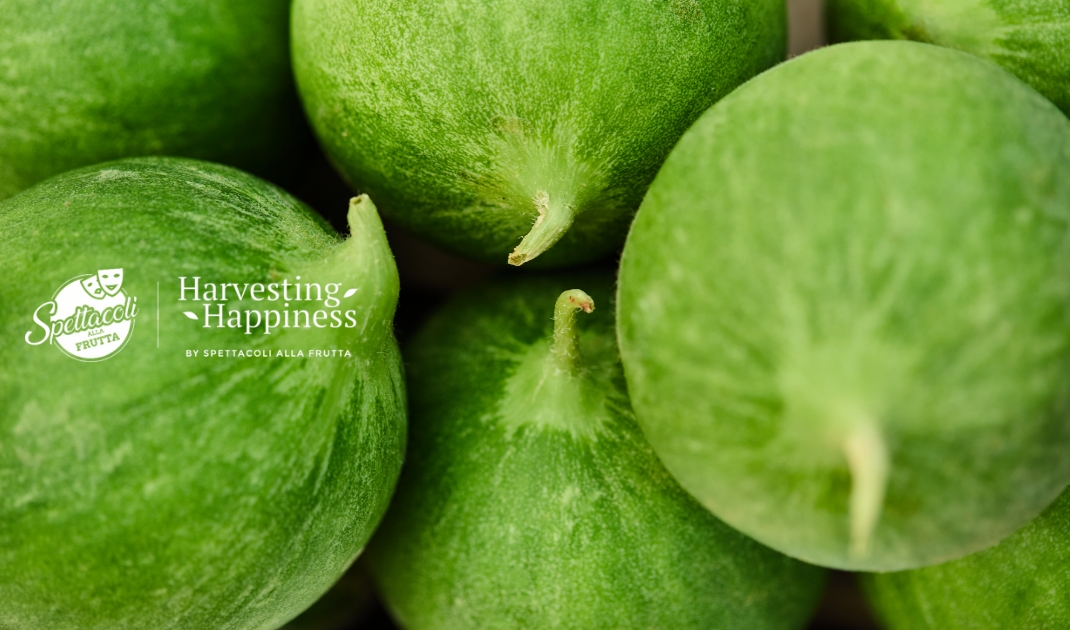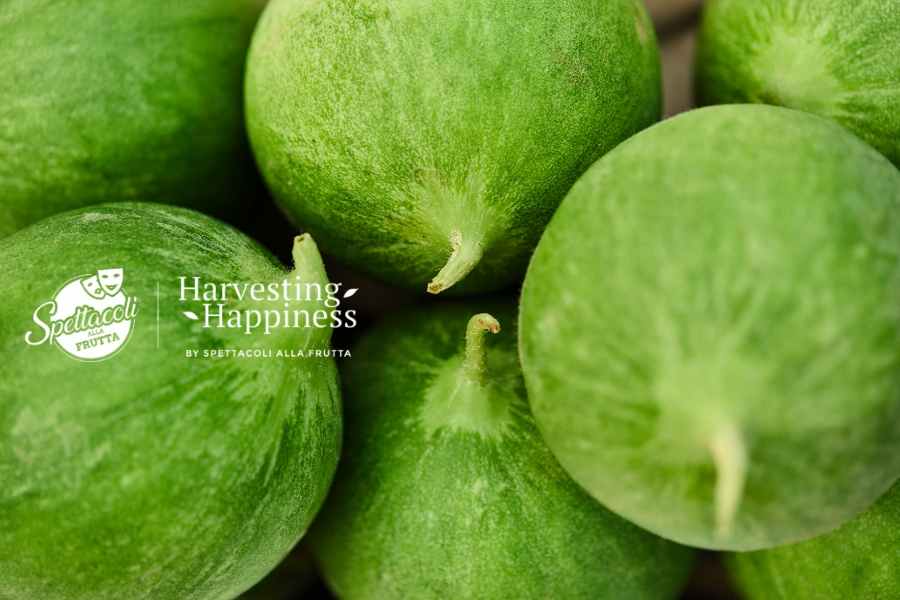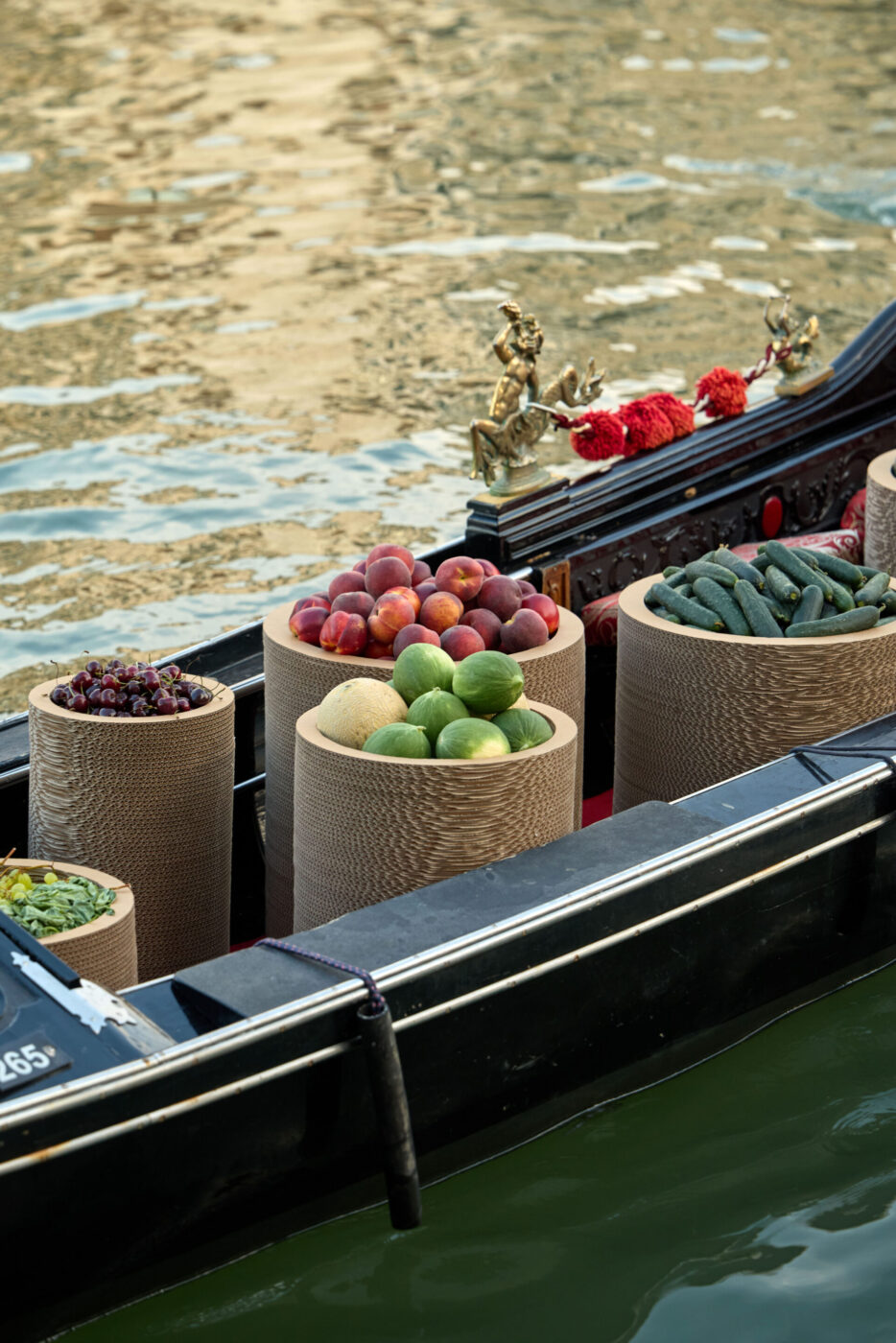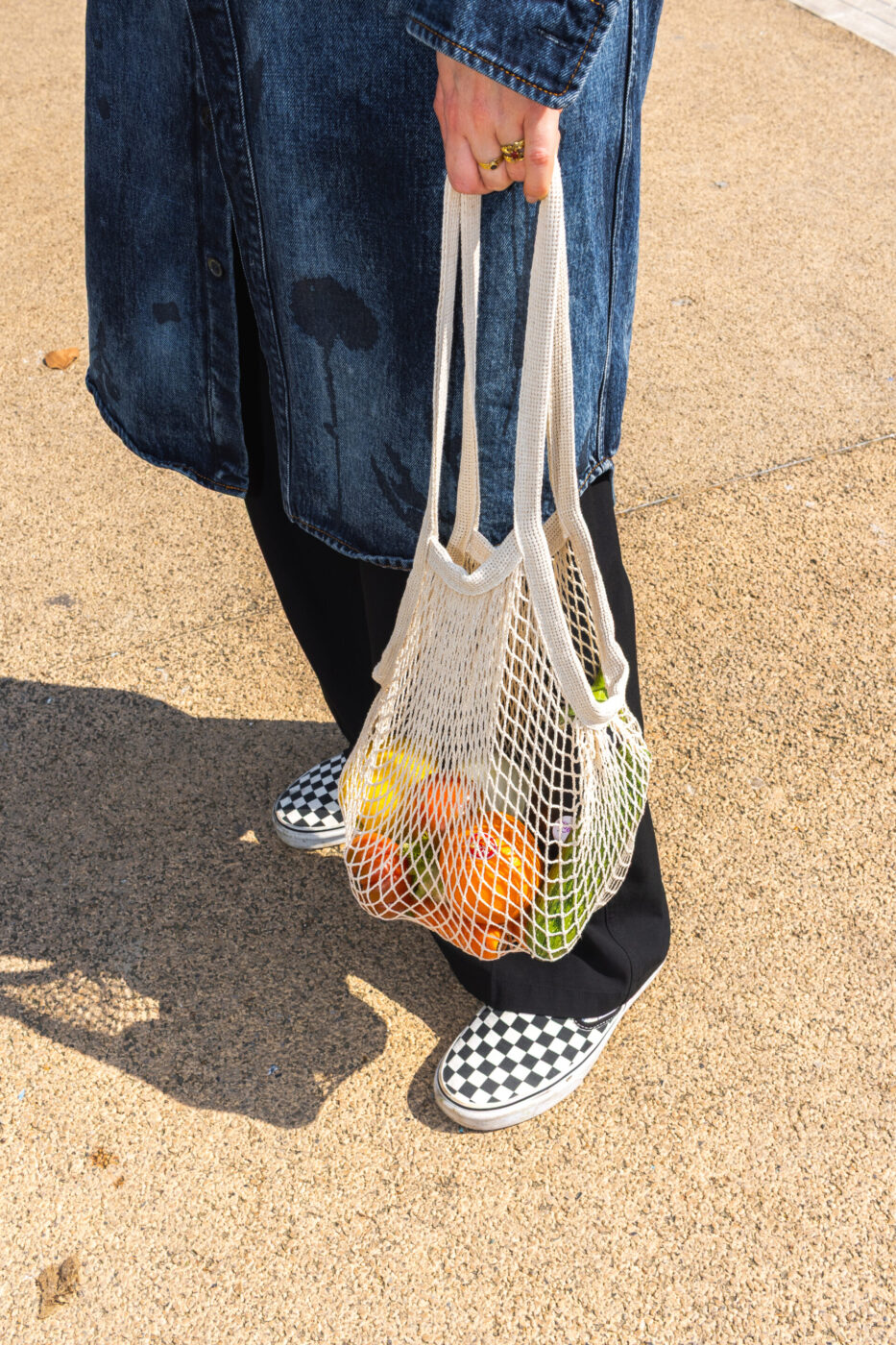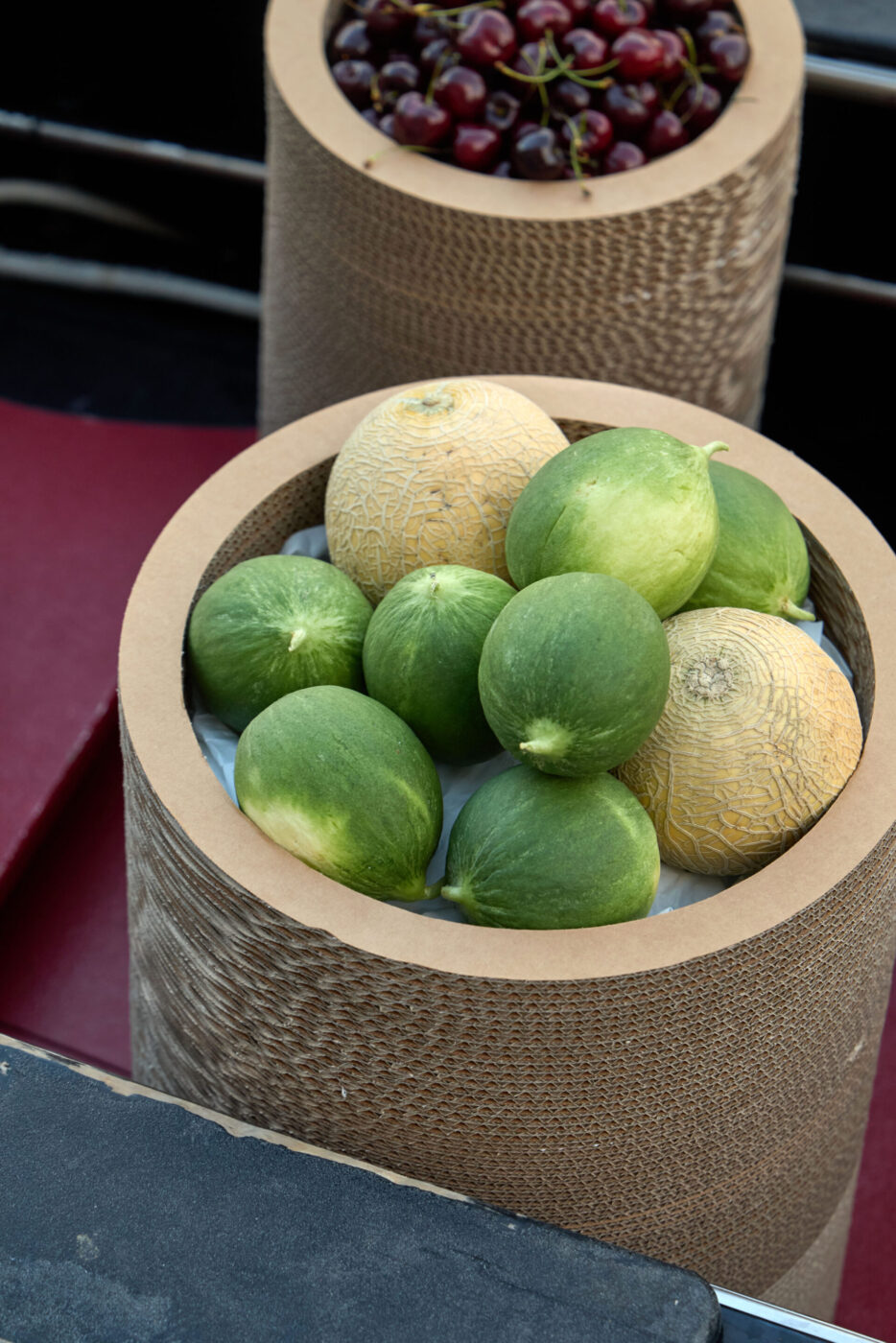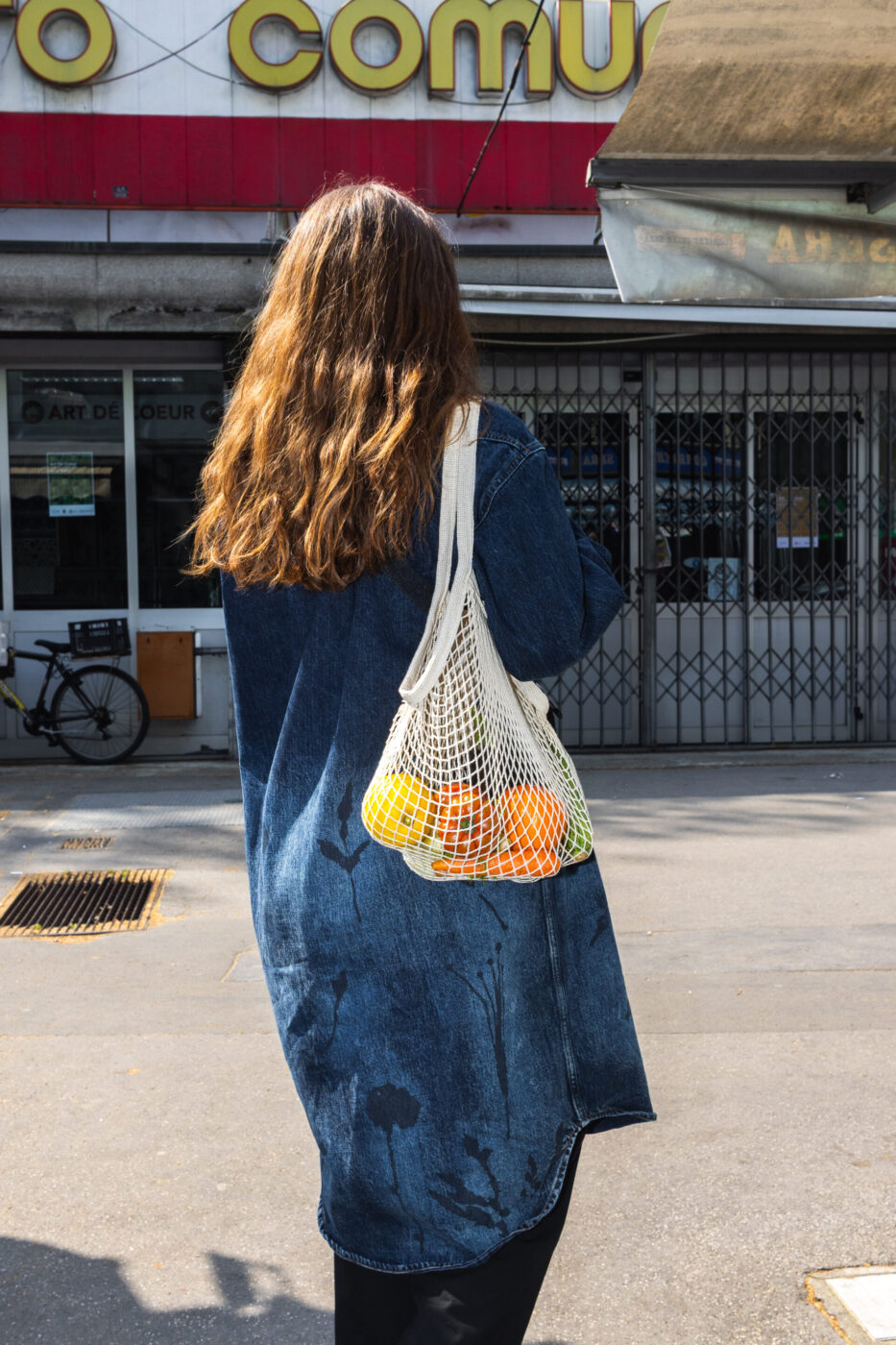It starts with a bite: a cherry still warm from the tree, a tomato sliced open on a cutting board, its scent filling the room. This is the Italian food the world falls in love with—not just for its flavor, but for its feeling. Because here, food isn’t engineered or anonymous. Each fruit or vegetable carries a story, a dialect, a region. This biodiversity is Italy’s quiet superpower—an ever-changing patchwork of colors, textures, and tastes that resists the blandness of globalized eating. Food here, beyond nourishment, is culture, memory, expression.
But for many young Italians, that connection is slipping.
There’s a revolution ripening in Italy—not in the fields, but in the minds and habits of the next generation. For all the national pride in Mediterranean diets and seasonal bounty, less than half of young Italians eat fruit daily. Even fewer feel a connection to the places and people that produce it. Knowledge isn’t the problem—70% of adolescents understand the health benefits of produce. The challenge, then, is emotional: how do you make something like a peach feel as personal as a playlist or a perfume?
The push to rekindle youth connections with produce has crystallized in Harvesting Happiness, a year-long campaign launched by Spettacoli alla Frutta (SAF), a temporary enterprise association of 25 top Italian fruit and vegetable producers. This collective—which spans bigger cooperatives and smaller specialty farms, companies, and consortiums*—is on a mission to revolutionize how Italy talks about its bounty.
The goal isn’t just to sell more tomatoes or pears, it’s to make produce “cool” again by restoring its cultural relevance. “Our objective,” explains Sarah Bua, who’s in charge of Op La Deliziosa in SAF, “is to see fruit and vegetables from a different point of view—in a cooler way—and to address a new audience: Gen Z.”
“[Fruits and vegetables] come from traditions, from territories, from innovation and sustainability,” Bua says. “Each has a face, a name, a region, a culture behind it, and its own identity expressed by the brands that distinguish it. And people should know that.”
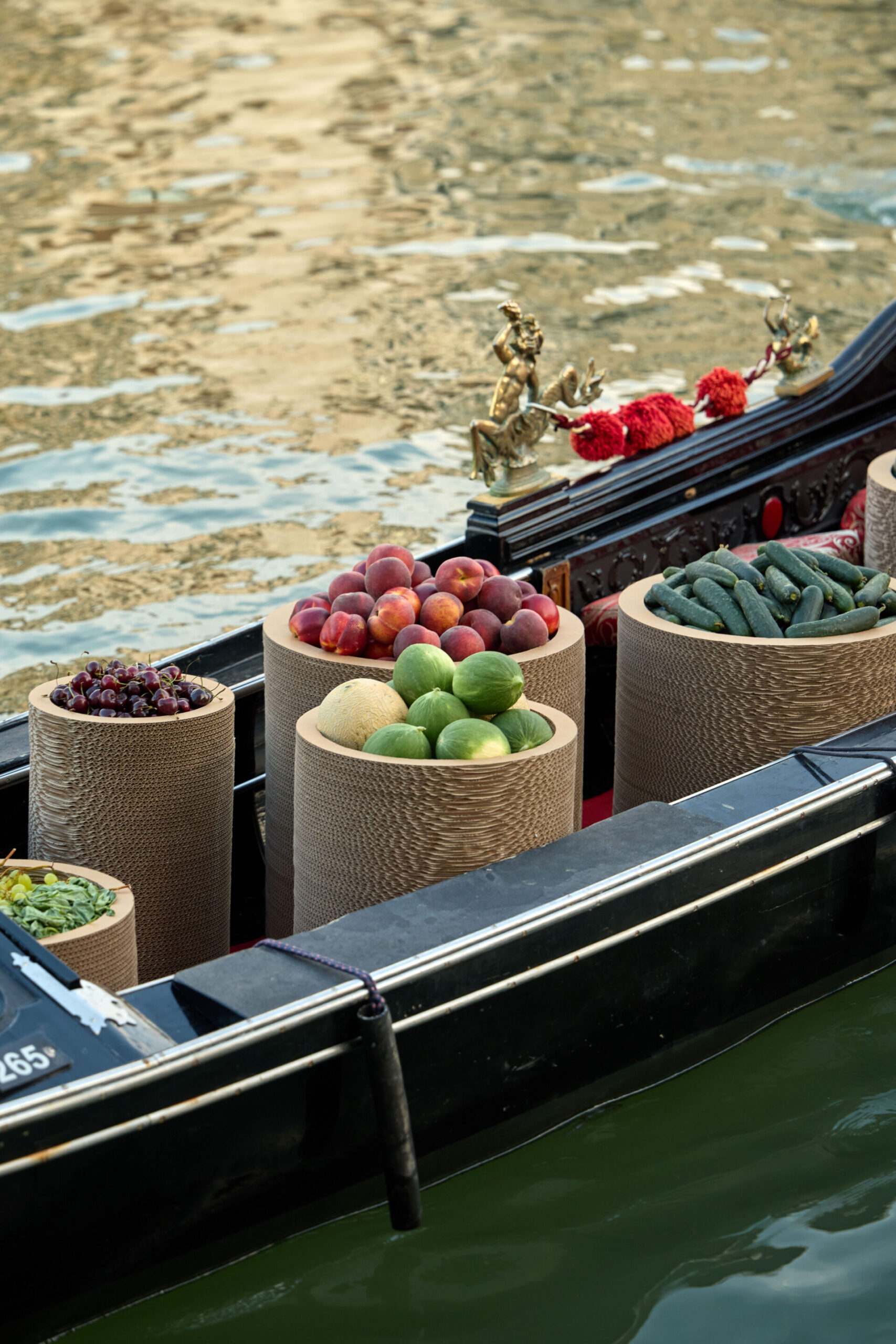
It’s certainly easier to care when those faces are literally in front of you, as was the case when we met the project’s participants at AQUA VIVA, SAF’s mid-June experience in Venice, where guests joined a cultural tour on Venice’s history as a crucial crossroads for trade—including fruits and vegetables—followed by a dinner at the Aman hotel. Guests tasted regional specialties and cheered as fresh fruits and vegetables arrived on a Venetian gondola. It’s certainly hard to see produce as just another item on a supermarket shelf when it’s delivered like this.
The energy behind SAF’s mission springs from a simple truth: the bond between young Italians and fresh produce has grown thinner, but it’s far from broken. By the time they reach their late teens, many have drifted from the fruit-and-veg-rich diet their grandparents swore by. Barely four in 10 teens eat fruit daily, and the numbers meeting the famous “five a day” target are even bleaker (only 7% of Italians aged 18–69 hit that mark). As noted, it’s not that Gen Z doesn’t know fruits and veggies are good for them; thanks to public health campaigns, 70% of youths acknowledge the benefits.
The problem is that, in a world of viral food trends and instant gratification, fresh produce doesn’t always win the popularity contest. SAF’s participants express concern that their “competition isn’t playing fair,” loading processed foods with too much sugar, fat, and salt to create addiction. That, coupled with economic factors, have been driving Italians—especially young people—away from fruits and vegetables. High inflation, rising costs of fuel and transport, and supply problems have pushed produce prices up: in 2022, an 8% spike in food prices corresponded with Italians buying 8% less, and a recent survey found that 1 in 5 Gen Z Italians cut back on fruit specifically due to high prices.
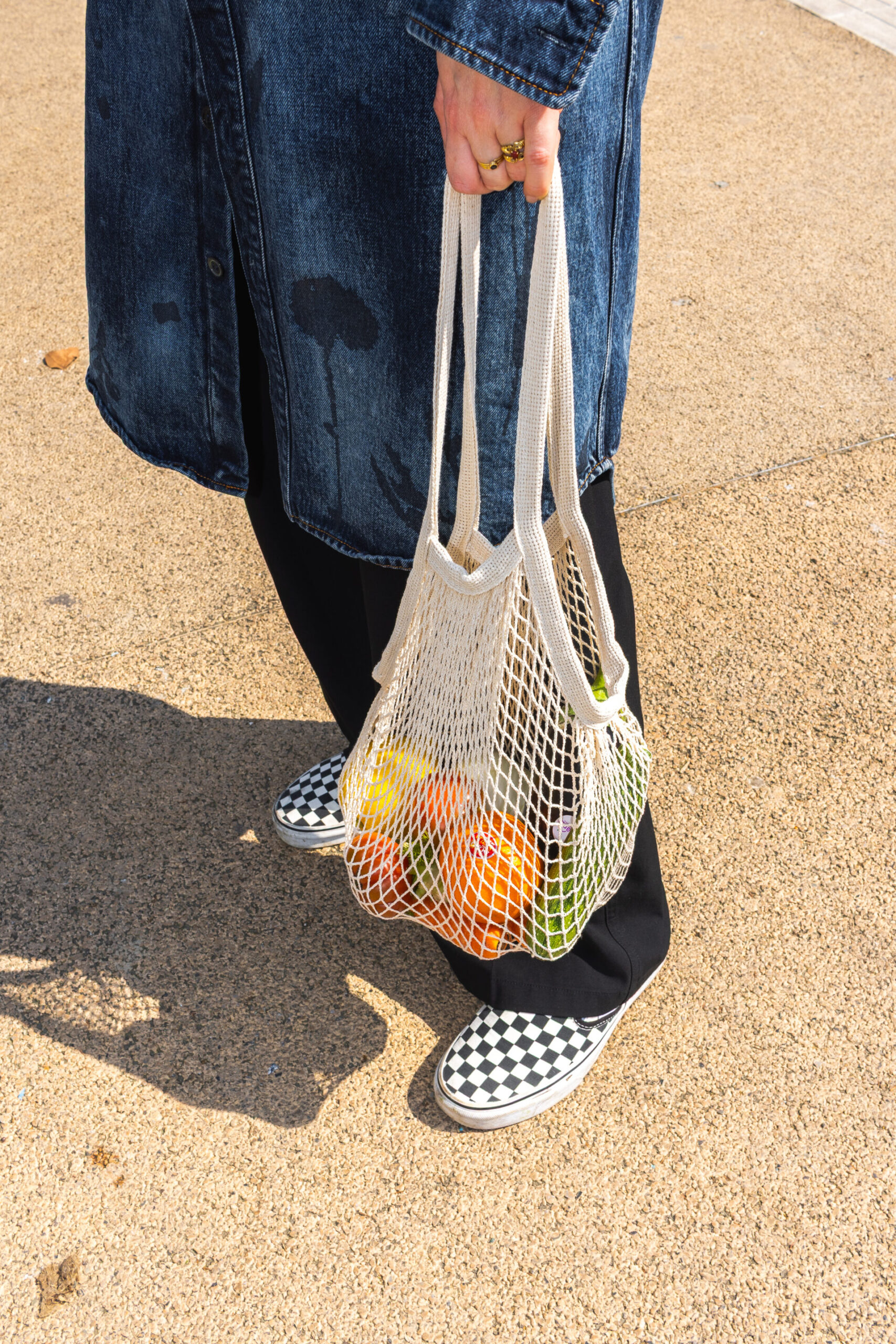
But SAF’s new approach flips the script: instead of pitching vitamins (which, simply put, won’t sell eggplant to a teengar), it invites young people to see produce as a canvas for creativity and self-expression and to rediscover the natural rhythm of seasonality. After all, there’s a particular joy in eating a fresh tomato in summer, when they taste like sunlight concentrated, or in peeling a clementine in winter, its brightness cutting through the cold. When you eat seasonally, you begin to notice and get excited about the shifts: the first cherries at the market, the last melons before the leaves fall. And it seems that, in fact, young Italians’ desire for meaning and connection remains. SAF sees that spark and is finding new ways to fan it into flame.
The next challenge? Growing not just more produce, but more producers. With the average farmer nearing 60 and fewer than 10% of farmers under 40 years old, the fields are calling for fresh hands. Fortunately, more than 55,000 Italians under 35 have gone “back to the land” in recent years, launching farm startups or agriturismos, and agriculture remains the one sector where youth-led businesses actually grew (albeit modestly) in the last decade.
Further, six in 10 young Italians say they prioritize transparency and sustainability when making purchases. That opens the door not just for marketing buzzwords, but for real storytelling and meaning. Producers like Bua aren’t just growing food anymore—they’re becoming storytellers and “category captains”, shaping new narratives around what fruit and vegetables represent. Suddenly, a crate of blood oranges can spark conversations about climate change, or a prickly pear can open a window onto drought-resistant farming and rural traditions. “Sometimes paying just a little bit more means receiving more in return,” SAF’s producers explain, “in terms of security, taste, ethics.” (Economically too—supporting local supply chains creates a multiplier effect on the local economy, with every €1 spent generating €2.3 in added value.)
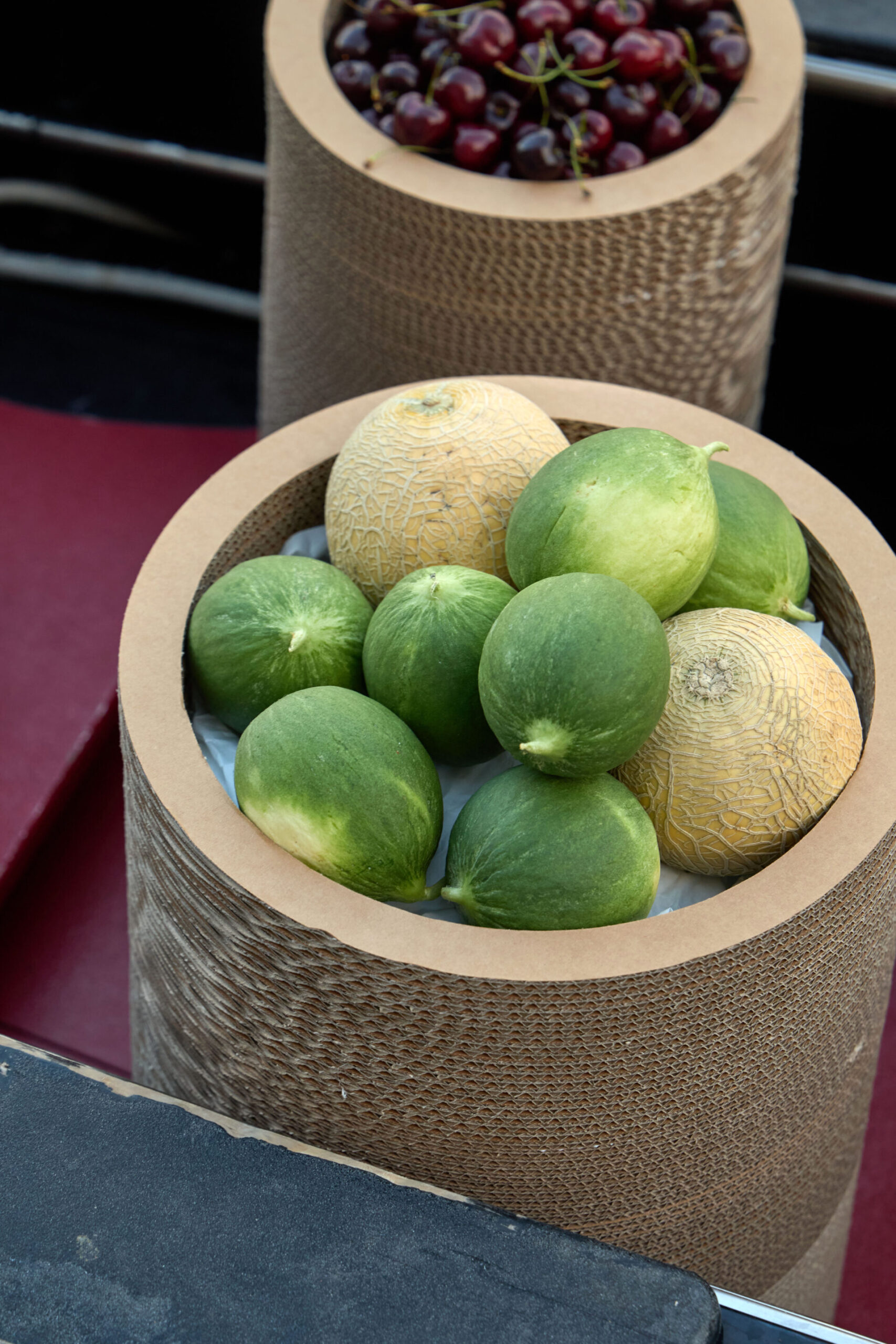
By reframing produce not as a health obligation but as a cultural object, Harvesting Happiness aims to shift habits for good. The hope is that a young person might reach for cherries not just because they’re nutritious, but because they evoke a grandfather’s orchard or a summer in Sicily. The consensus is that Italy’s bounty needs fresh passion at both ends: in the fields and in the kitchens. Getting young people to buy more local peaches and eggplants is one piece of the puzzle; empowering young farmers to grow those peaches and eggplants is the other. It’s a twin challenge—making produce and the act of producing it feel relevant, rewarding, and yes, cool.
As Bua puts it, “The fulfillment of your soul when eating real food is a completely different story.”
*Lemon Almaverde Bio, barattiere Barattì, cardboard packaging Consorzio Bestack, carrot Consorzio di Tutela IGP, Carota Novella di Ispica, radicchio Consorzio di Tutela del Radicchio Rosso di Treviso e Variegato di Castelfranco IGP, melon Consorzio di Tutela del Melone Mantovano IGP, tomato Consorzio di Tutela Pomodoro di Pachino IGP, pear Consorzio di tutela della Pera dell’Emilia Romagna IGP, cherry Consorzio di Tutela della Ciliegia di Vignola IGP, pepper Cornelio, zucchini Crü, cucumber Cucù, clementine Dolce Clementina, fennel Dolce Lucano, pomegranate Lome Superfruit, kiwi Jingold, eggplant Melanzì, apple Melinda, salad Miss Salad, blood orange Oranfrizer Unifrutti, grape Piacere Viviana, watermelon Perla Nera, prickly pear Sicilio, strawberry Solarelli, peaches and nectarines Valfrutta Fresco
